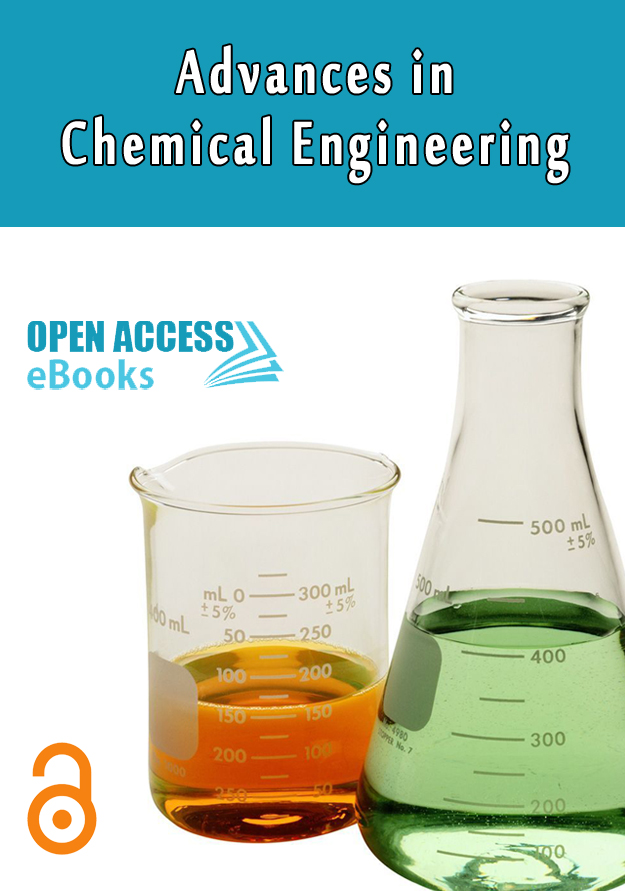List of Chapters
POM-based Chiral Hybrids Synthesis via Organoimidization Covalent Modification of Achiral Precursors
Author(s): Yifei Zhang, Yichao Huang, Huan Wang, Jiangwei Zhang*, Gao Li*, and Yongge Wei*
In this chapter, covalent modification of POMs (polyoxometalates) clusters especially by organo imidization via the well-developed DCC(N,N′-dicyclohexylcarbodiimide)-dehydrating protocol by our group is briefly reviewed. The functionalization of POMs with covalently organic moiety is one of the effective ways to increase the diverse POMs family and incorporate exceptional properties that these organic molecules attach to POM clusters in a reliable and predefined manner, which is expected to be applied to the design of molecular functionalized materials. The combination chirality with POMs is a crucial but challenging issue since POMs usually possess high symmetry. Organo imidization covalent modification of achiral precursors Lindquist [Mo6O19]2− has been proved to be a flexible strategy for applying in the generation of POM-based chiral hybrids. The organic ligands offer great opportunities to install stereogenic elements to POMs structure as structure directing-agents to remove symmetric elements in POM clusters, and some special POM clusters bearing amino group on its surface serves as special imido ligands. This takes full advantage of the intrinsic hindrance of the bulky and heavy POMs, Which will greatly extend chirality in polyoxometalate chemistry since the primary chiral POM anions are rare. In consideration of the fact that there exist plenty of chiral natural products L- amino acids and many POM clusters anchor amino group as remote group on the surface. It can foresee that more and more POM-based chiral hybrids will be generated by organo imidization covalent modification of achiral precursors Lindquist [Mo6O19]2-; in the future.
Ultrasonic Assisted Heat Transfer and its Application in Chemical Engineering
Author(s): Saravanathamizhan R*; Perarasu V T
Sonochemistry is considered to be a general technique like thermo chemistry (heat) and piezochemistry (pressure). The sound frequency which is higher than 16 kHz is called as ultrasound. Some animals utilize ultrasound for navigation (dolphins) or hunting (bats) using the information carried by back-scattering sound waves. Ultrasound is one of the emerging technologies that were developed to minimize processing, maximize quality and ensure the safety of food products. The ultrasound and cavitational effects were found 100 years before. The cavitation was first reported by Thornycroft and Barnaby in 1895 [1]. They noticed that the propeller of the submarine was pitted and eroded. They observed the consequence of collapsing bubbles due to hydrodynamic cavitation that generated intense pressure and temperature gradients in the local vicinity. In 1917, Lord Rayleigh [2] published the first mathematical model describing a cavitation event in an incompressible fluid. After 1927, when Richards and Loomis [3] reported the first chemical and biological effects of ultrasound, the workers recognised that cavitation could be an useful tool in chemical reaction processes.
Label-free Electrochemical Detection of Oligonucleotide Hybridization Based on Composites of Intrinsically Conducting Polymers
Author(s): Radhakrishnan S*; Navaneethan Duraisamy; Gopi Dhanaraj; Kavitha Kandiah
We are focusing on the application of biosensor technology for the successful detection of selected DNA and mutated DNA sequences based on conduting polymer nanostructures. There are several tasks in the current research which need great concerns over the sensitivity, selectivity and throughput. Therefore, developing simple, efficient and cost effective methods for routine analysis of DNA hybridization is of great importance. Compared with other techniques electrochemical technique is an attractive and many advantages including high sensitivity, inherent simplicity and miniaturization and low-cost. It is well-known that electroactive conducting polymer (such as polyaniline, polypyrrole, poly (3, 4-ethylenedioxythiophene) is widely used in biosensors due to their unique physical and chemical properties and also low cost, easy preparation, and environment stability.
Computer Aided Design of Shell and Tube Heat Exchangers (Incorporating Most Recent Developments)
Author(s): C M Narayanan*; Sneha Bhadra; Mukul Kanta Das
Heat exchangers are practically omnipresent in all process industries, power plants, heat recovery units and the like. The feedstock is to be preheated or the product solution (product gas mixture) is to be cooled down to a specific temperature and for these, heat exchangers become invariable. As a result, efficient and economical design and operation of heat exchangers becomes a fundamental parameter that is crucial to the overall economy of the industry.
State of the Art Technologies for Separation of Azeotropic Mixtures
Author(s): Taha Mahdi*
Azeotropic separation technologies have been classified broadly into two major categories, i.e., distillation and membrane processes. Because normal distillation has limitations for azeotropic mixtures, enhancements have been proposed that either introduce a third component serving as an entrainer in extractive and azeotropic distillation processes or apply a pressure swing distillation system. Among the membrane processes, pervaporation was reported to be most promising for azeotropic separations.
Application of High Hydrostatic Pressure for Pectin Extraction from Agro-Food Waste and By-Products
Author(s): Antonela Ninčević Grassino*; Damir Ježek; Sven Karlović; Tomislav Bosiljkov
Food wastes and by-products produced in huge amount from a variety of sources, ranging from agricultural to food processing residues, could be valorized through the extraction and implementation of high-value components as nutritional and pharmacological functional ingredients.
There are many well-recognized extraction techniques, such as pressurized fluid, supercritical fluid, pulsed electric field, and ultrasound-, microwave-, and enzyme-assisted, developed for conversion of agro-food wastes into various edible, food products...
